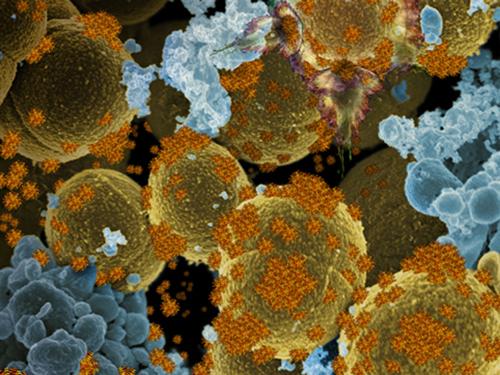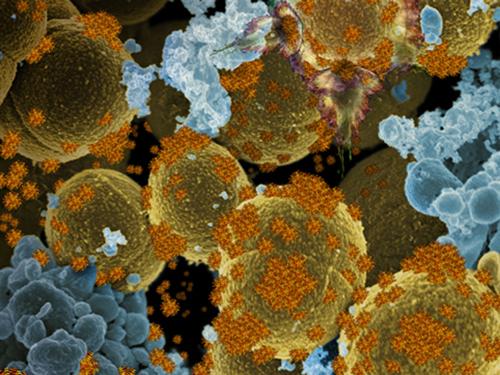June 18, 2012

As part of continued efforts to revolutionize the healthcare US soldiers receive while in military service, the Department of Defense (DoD) is exploring the use of nanotechnology to treat afflictions ranging from infectious diseases to traumatic brain injury more quickly.
Through the Defense Advanced Research Projects Agency's (DARPA) In Vivo Nanoplatfroms for Therapeutics (IVN:Tx), the military's research agency is seeking the development of "novel, biocompatible nanotherapeutic platforms with sequence, specificity, and function that can be programmed "on-the-fly" to treat military-relevant diseases," according to a solicitation for proposals the agency posted online.

The intercellular platform DARPA aims to design through the project will employ new classes of nanoparticles for persistent, unobtrusive distribution to sense a patient's physiological environment, as well as treat abnormalities, diseases, and other conditions, according to the proposal.
The platform envisioned will be adaptable and flexible, and will employ innovations such as nanoparticles coated with small interfering RNA (siRNA), said Timothy Broderick, physician and DARPA program manager, in a press release.
SiRNA can target RNA -- which plays an active role in all biological processes -- in specific cells, allowing the technology to stop processes that cause various types of diseases, as well as traumatic brain injury, Broderick said. Through this specific targeting of illness within cells, the platform can administer therapeutic, passive nanoparticles that minimize dosing required for clinical efficacy, as well as limit side effects and adverse immune system response.
The IVN:Tx program is an extension of work already being done through the original IVN program to develop nanoscale systems that sense and monitor the health of warfighters, the agency said. The new platform takes that work further by focusing on diagnosis and treatment. The agency also is targeting safety for the platform's design. Nanoplatforms designed through the program must be biocompatible, nontoxic, and designed to eventually pass regulatory approval.
The medical community has been using therapeutics involving small molecules to treat diseases for years, but traditionally the drugs that have been developed are only effective against one disease, have significant side effects, or are expensive to create, according to DARPA.
The US military has several projects ongoing that are aimed at providing better medical treatment to soldiers or preventing illness and injury through innovative new technologies. The Dialysis Like Therapeutics (DLT) project, for example, aims to create a device that can quickly identify and cure sepsis, an often fatal blood infection to which soldiers injured on the battlefield are prone.
DARPA also has created what's called a Blast Gauge -- a metal attachment mounted on a helmet, other individual gear, or a military vehicle -- which can measure the amount of exposure someone in the vicinity of a blast has had to more accurately diagnose brain injury.
Related posts:
About the Author(s)
You May Also Like



